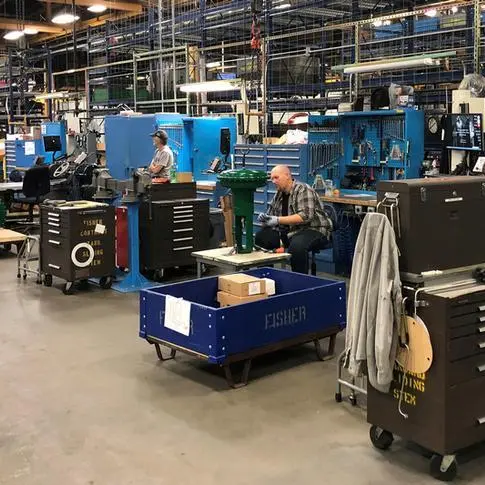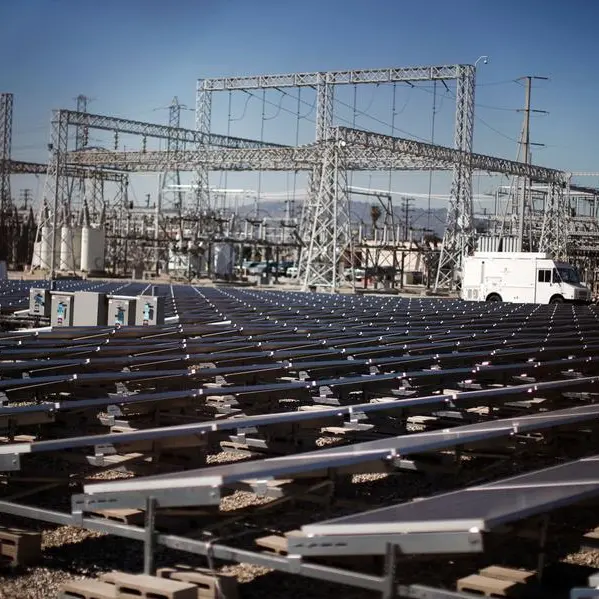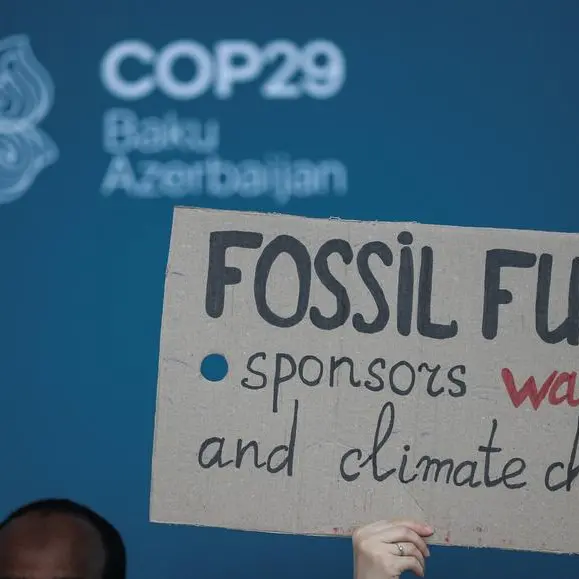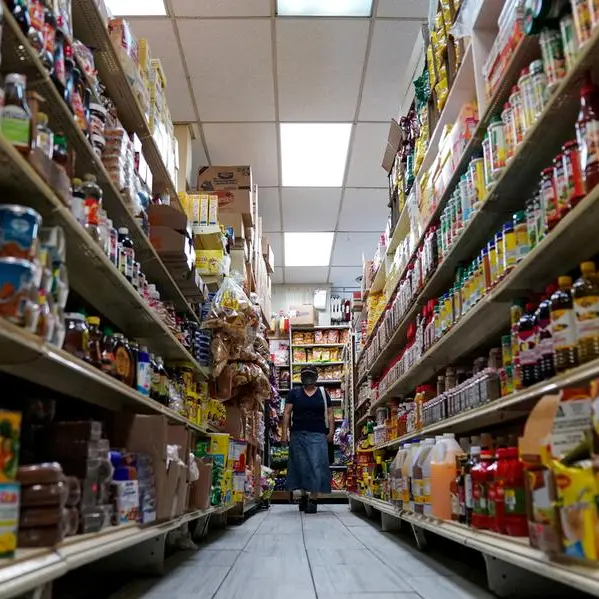PHOTO
Storm-ravaged Mississippi struggled on Sunday with the aftermath of a huge tornado that tore across the southern US state, killing at least 25 people, with devastated communities bracing for a fresh bout of extreme weather.
Search-and-rescue workers surveyed the damage of shredded homes, flattened buildings and smashed cars in Rolling Fork, a small town all but wiped out by nature's wrath.
After President Joe Biden freed up disaster aid, the National Weather Service (NWS) warned residents of Mississippi and neighboring Alabama of potential new "supercell thunderstorms" through late Sunday that could "produce a few strong tornadoes and very large hail."
The NWS gave Friday's tornado -- which left a trail of havoc more than 100 miles (160 kilometers) long across the state -- a rating of four out of five on the Enhanced Fujita scale, with ferocious winds of up to 200 miles (320 kilometers) per hour.
Dozens of people have also been injured, and officials say the death toll could rise.
Under warm spring sunshine and cloudless blue skies, stunned residents walked among obliterated homes, sifting through debris and comforting one another as crews fought fires, conducted searches and cleared emergency routes.
Before-and-after satellite images released late Sunday showed utter ruin across parts of Rolling Fork, with homes destroyed and trees ripped out of the earth.
The American Red Cross moved into a National Guard building in Rolling Fork hours after the storm razed much of the town, home to around 2,000 people.
An area was set up as an infirmary and boxes full of food and medical supplies were shuttled in to support storm victims who had lost everything, said John Brown, a Red Cross official for Alabama and Mississippi.
Anna Krisuta, 43, and her 16-year-old son Alvaro Llecha took shelter at the site, saying their house was in pieces.
- 'Heartbreaking' -
The severe weather also left a man dead in Alabama when he was trapped under an overturned trailer, the sheriff's office in Morgan County said.
Officials including US Secretary of Homeland Security Alejandro Mayorkas gathered in Rolling Fork Sunday afternoon, praising rescue efforts and pledging support "for the long haul."
"It is heartbreaking to hear of the loss of life, to see the devastation firsthand," Mayorkas told a press conference held with Governor Tate Reeves and Federal Emergency Management Agency (FEMA) head Deanne Criswell.
He warned that the country is seeing "extreme weather events increasing... in gravity, severity and frequency and we have to build our communities to be best prepared for them."
Earlier Sunday, Criswell said on ABC that the tornado zone was "still very much in life-saving, life-sustaining mode."
She praised first responders, saying some "may have lost their homes themselves," and that FEMA had sent teams, with more on their way, to "help plan for and start the recovery process."
Biden's emergency order to support recovery efforts will provide grants for temporary housing, home repairs and low-cost loans to cover uninsured property losses, the White House said on Sunday.
- Emergency supplies -
Reeves thanked Biden on Twitter "for recognizing the scale of the damage in Mississippi and quickly approving our disaster declaration -- a critical step in disaster response."
Electricity repairs were underway Sunday to restore service, but by evening the number of customers without power rose to 61,000 total in thunderstorm-hit Mississippi and Alabama, monitor poweroutage.us reported.
Volunteers poured in from surrounding towns, including Lauren Hoda, who traveled 70 miles from Vicksburg to help.
"When I woke up this morning, I wanted to cry for the people of this town because I don't think they had much time before (the tornado) came," she said.
She spent Saturday night in Rolling Fork bringing donations of water, food, canned goods, diapers, wipes, medicine and toothpaste from collection points.
Similar destruction plagued twister-hit Silver City, where residents were seen salvaging what they could from their destroyed homes
Tornadoes, a weather phenomenon notoriously difficult to predict, are relatively common in the United States, especially in the central and southern parts of the country.























